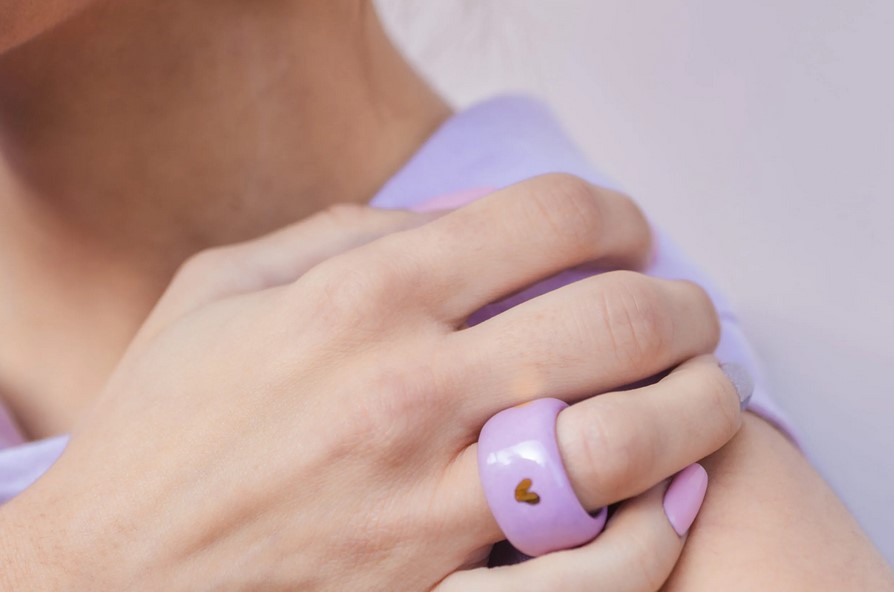[[data.name.value]]
[[metadata.defaultData.name]]
[[data.title.value]],
[[metadata.defaultData.title]],
[[data.company.value]]
[[metadata.defaultData.company]]

How Does the Process of Firing Ceramics Contribute to the Strength of Ceramic Rings
Different civilizations have used ceramics throughout history because of its extraordinary qualities, such as their incredible strength and durability. porcelain rings, Firing, which includes heating up the raw ceramic material to high temperatures, is one of the crucial procedures that increases the strength of ceramic rings. This article explores how the burning of ceramics results in the increased strength of ceramic rings.

The Intricacies of Ceramic Rings
Ceramic rings are recognized for their extreme hardness, resistance to scratches, and amazing endurance over time. They are a desirable option for jewelry that will last the test of time because of their characteristics. These desired qualities, however, are not inherent; rather, they are obtained via a sequence of precise manufacturing stages, among which fire is an important one.
The Firing Process
The process of firing involves exposing dried and formed ceramic pieces to high temperatures in a controlled setting, usually a kiln. The strengthening of ceramic rings is achieved by a number of physical and chemical changes that take place throughout this process.
Densification and Sintering
Densification, a phenomenon whereby the ceramic material's particles pack more tightly together, occurs after burning. As a consequence, the structure's porosity is reduced, increasing the ceramic's density and solidity. Sintering, a process, happens when the temperature increases. Sintering is the process by which nearby particles link at their places of contact, forming strong chemical bonds. The material becomes denser as a result of this process, further increasing its strength.
Crystalline Phase Transformation
Various crystalline phases are often seen in ceramic materials. High temperature firing may cause phase changes that result in the growth of stronger crystal structures. The enhanced hardness and toughness of the ceramic material are a result of the change in crystal arrangement. Ceramic rings may be designed to include certain crystalline phases that optimize their strength by carefully regulated burning.
Elimination of Weak Points
Impurities, defects, and weak spots in raw ceramic materials might jeopardize the substance's integrity. By encouraging the healing and recrystallization of the material, firing ceramics at high temperatures aids in the elimination of these flaws. As a consequence, any early flaws are reduced, resulting in a ceramic structure that is more homogeneous and durable.
Thermal Expansion and Compression
Heating and cooling cycles are also a part of the firing process. As a result, the ceramic material is subject to heat compression and expansion. This regulated tension may eventually cause the material's inherent strains to relax. As a result, when exposed to external pressures, the ceramic is less likely to crack or fracture.
When you value anillos cerámica, know that their strength and longevity come from a well-managed fire procedure that maximizes their potential.
Conclusion
The transformation of a raw material into a sturdy and beautiful ceramic ring is proof of the value of well-planned techniques. Through processes including densification, crystalline phase transition, and the removal of weak areas, firing ceramics plays a crucial part in improving the durability of ceramic rings. When ceramic material is fired, a delicate dance between heat and time orchestrates a symphony of internal changes that turn it into a sturdy and durable piece of jewelry.
Read more
Read less
[[ metadata.translations.contactme ]]